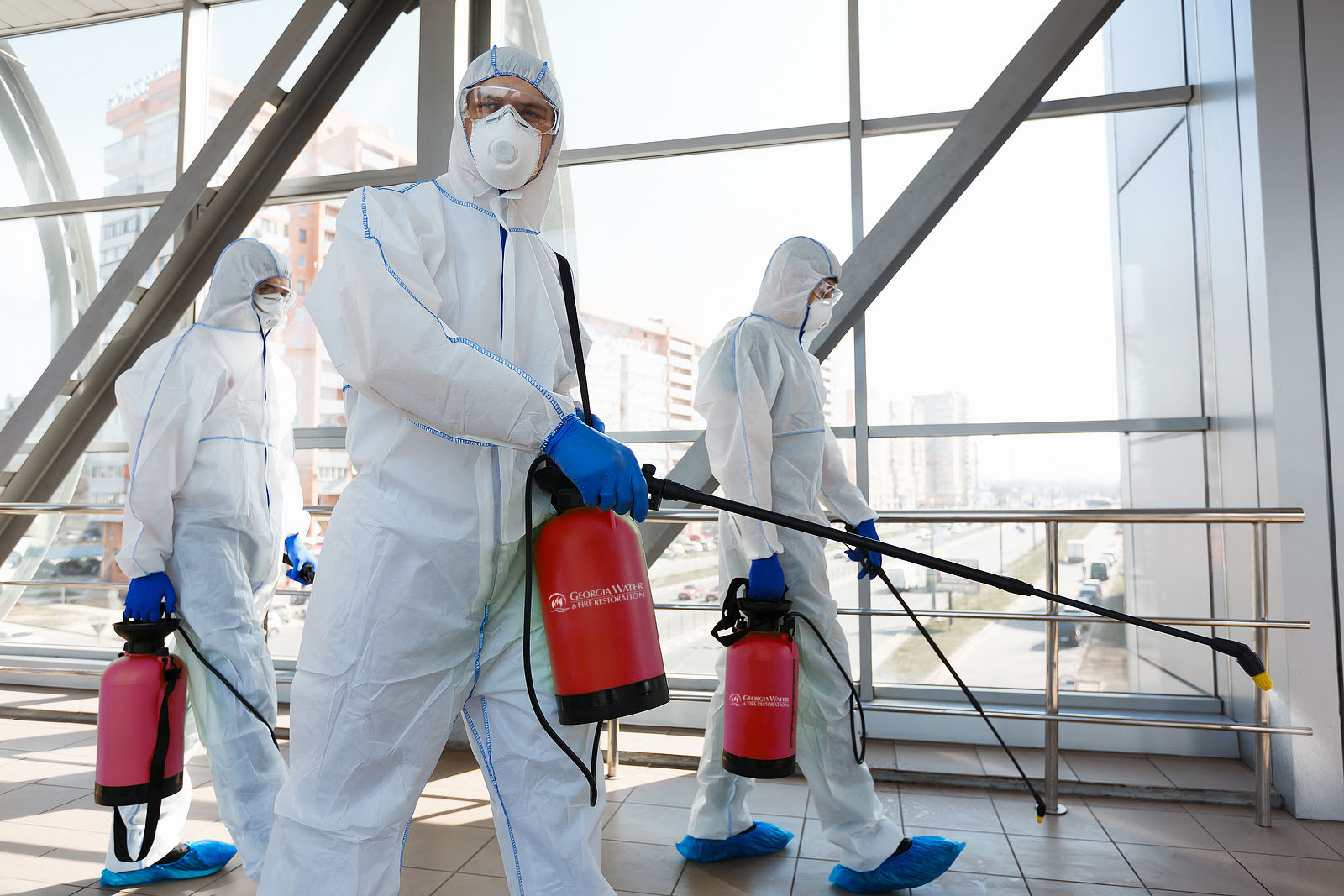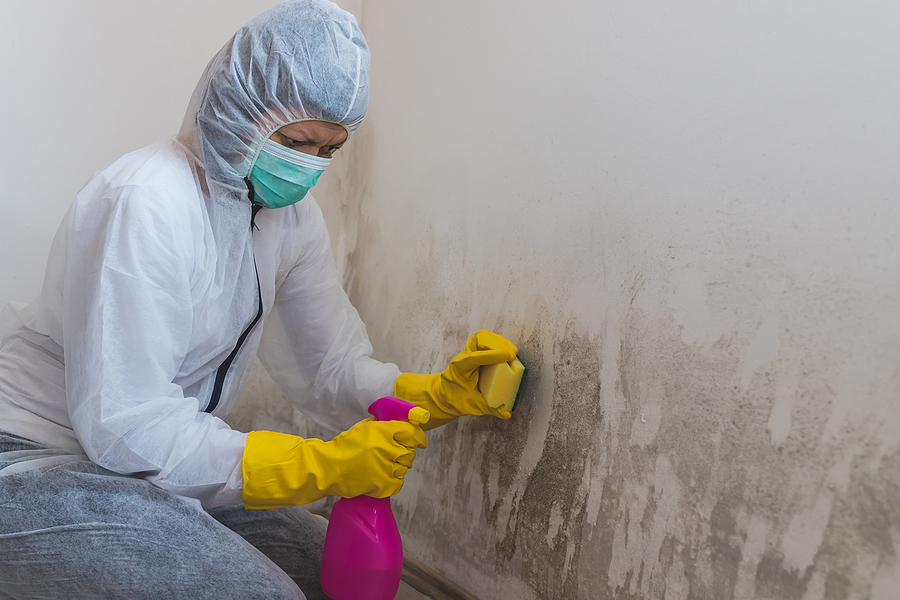Mold is very common in homes across the US, particularly in areas known for their warm and humid conditions. Mold is difficult to prevent as it is caused by microscopic spores and, once it takes hold in your property, can quickly replicate and take over entire walls, ceilings, or floors.
As well as being unsightly, mold can present significant health risks, producing irritants, allergens, and even toxins. These nasty substances can cause a whole host of health issues including itchy skin, a scratchy throat, wheeziness, fever, and sore eyes. It poses a particular danger to people with respiratory conditions such as asthma as it can make symptoms such as coughing and shortness of breath much worse.
So, what can you do to address mold problems and protect yourself and your family? If you have only noticed small patches of mold in your home, you may be able to clean it up yourself and prevent further spread. This can be done with over-the-counter cleaning sprays. Just remember to use these products with caution as they could irritate your eyes and skin.
If the problem extends beyond a small patch of mold, you may need to call the experts in. If you notice any of the following signs in your home, get in touch with a mold remediation expert as soon as possible:
1. Large patches of discoloration on walls, ceilings, or floors
If you notice several dark patches of mold in your home, particularly in your bathroom or basement, you could have an extensive damp issue. Mold feeds on the organic materials used in contemporary homes and can cause significant discoloration if left to multiply.
It is important to understand that mold damage can take a few different forms. While the most common type of mold is black in color, some molds are pink, green, gray, brown, or white and stringy. In short, any wall-stains that seem to appear from nowhere should be examined by a mold remediation expert.
2. An unpleasant, musty smell
Certain types of mold can emit a strong musty smell. If you notice any strange smells and are unsure of the source, it is possible that you have a mold problem. Earthy, mildew-like odors often develop when homeowners return from a long trip after leaving their property tightly sealed for a while. If you find yourself in this position, do not hesitate to call in a mold remediation service, even if you cannot see any visible signs of mold. An expert will be able to identify areas of mold in hard-to-reach areas such as under your carpets, within insulated walls, above ceiling tiles, and behind curtains.
3. Leaks or water damage
Molds flourish in moist and humid environments, so leaks and water issues can pose a serious problem for homeowners. Indeed, the damage caused by leaks can sometimes be difficult to address, particularly if water has managed to soak into carpets, walls, or upholstery. Signs of extensive water damage include cracks in the ceilings or walls of your home, peeling wallpaper, the persistent appearance of pools or puddles on the floor, and bubbling or flaking wall paint. Homes in areas with a history of flooding are also very prone to mold growth and should be inspected by remediation professionals on a regular basis. In short, water issues should prompt a visit from a mold expert regardless of whether you have started to spot signs of mold, as this is the best way to prevent a costly and damaging problem from developing.
4. You’re starting to feel unwell
Mold can sometimes cause adverse reactions in people, particularly if they have weak or compromised immune systems. Symptoms of mold allergies include scaly, itchy skin, coughing, sneezing, dizziness, irritated eyes, and more. Of course, these symptoms could be related to any number of health problems. Therefore, one of the best ways to differentiate between a mold allergy and other conditions is to take note of the pattern of your symptoms. If you start to feel better when you are away from home, it is likely that you have a mold problem.
5. Condensation on the walls and windows
Condensation is a very common household problem, occurring when warm, moist air encounters a cold surface. The most common places for condensation to appear are windows, walls, and air ducts. If condensation becomes a regular issue, mold may start to thrive and multiply.
One of the best ways to combat condensation is to regulate the temperature of your home by setting a timer on your heating system and preventing the property from getting too cold. This is especially important during the winter months. If you still find yourself battling condensation, then you may wish to invest in a dehumidifier to quickly dry out damp patches of your wall. It is also a very good idea to call in a mold remediation expert to inspect your property, even if you haven’t noticed any tell-tale signs of mold. This will help to stop any further problems from developing in your home and could save you lots of time and stress.
















